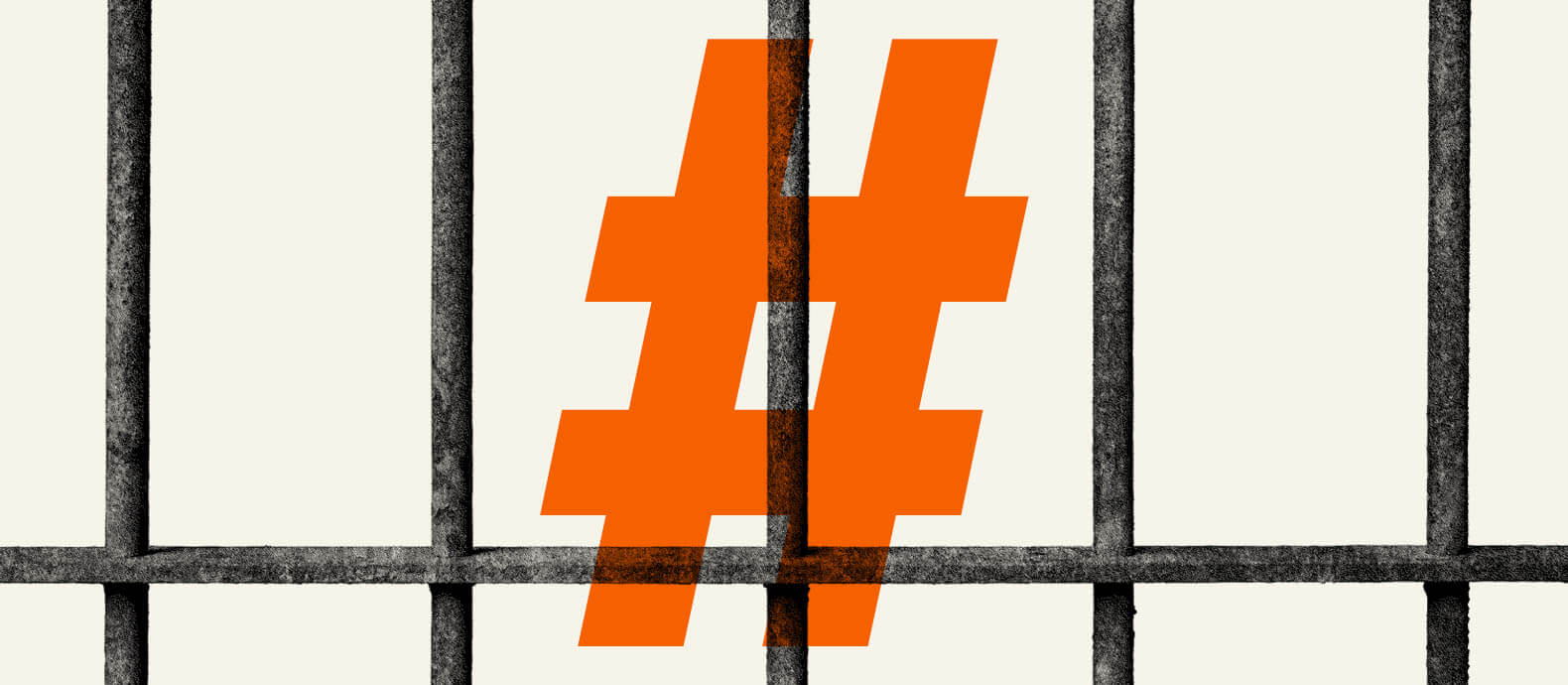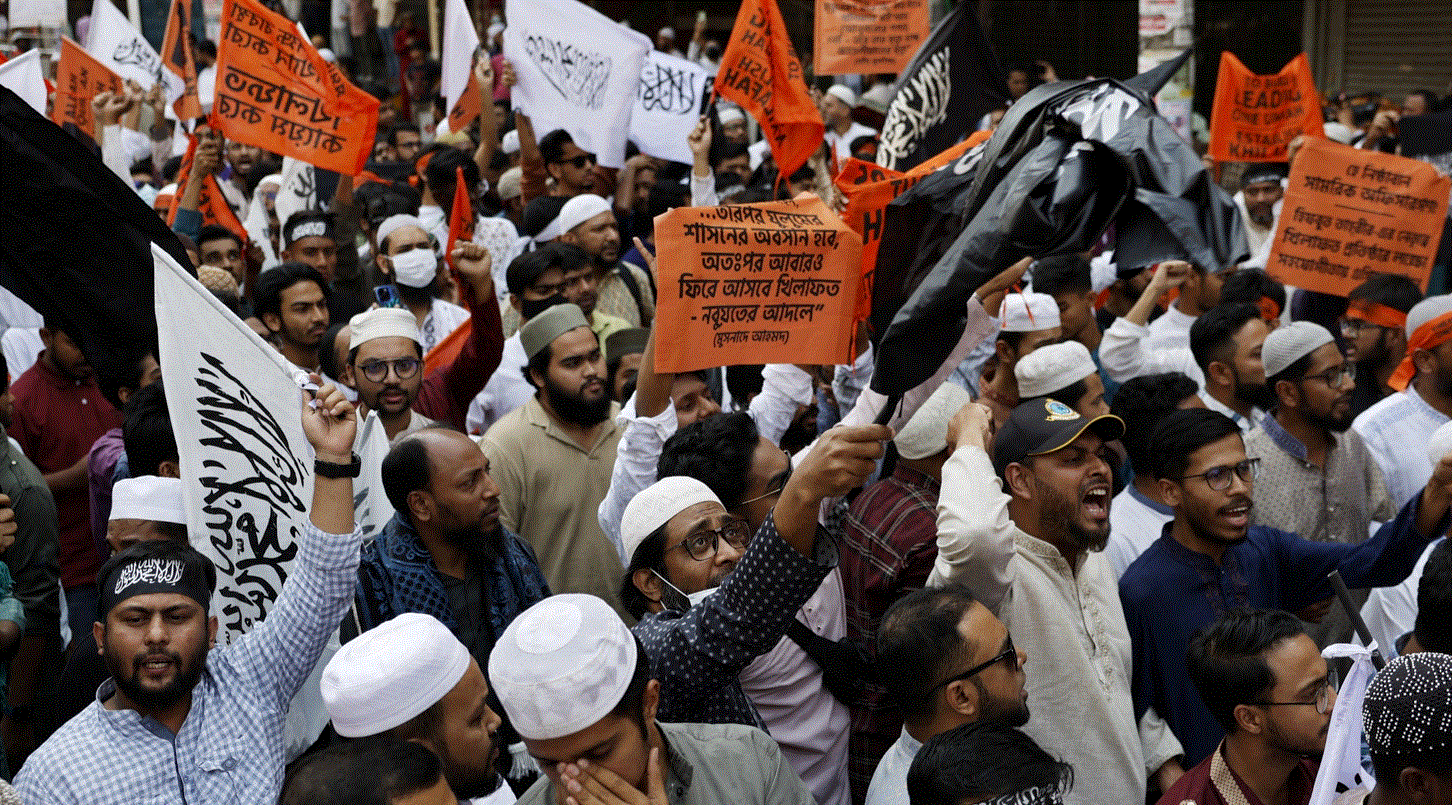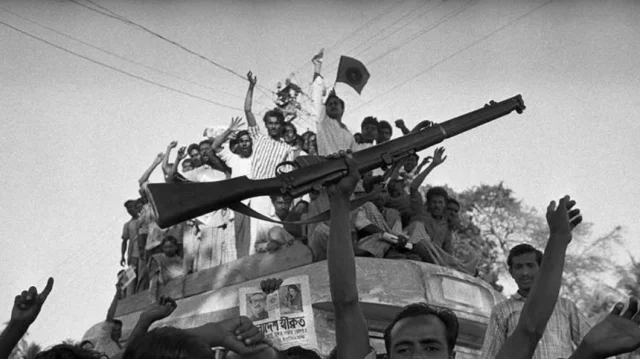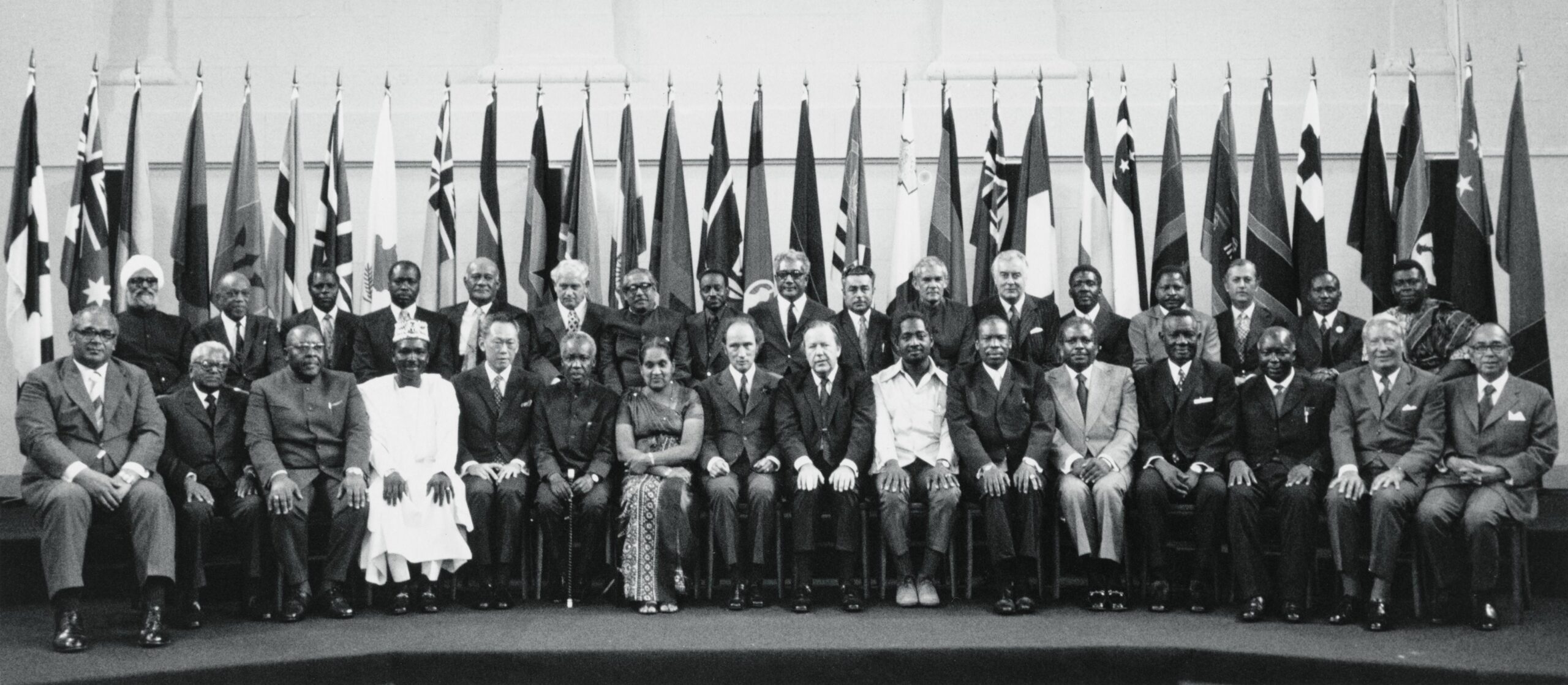P. Zahsan Executive Summary Bangladesh’s progress in fighting terrorism over the last two decades is…

From Hashtags to Hijack: Gen Z Protests in Nepal and Bangladesh Reveal the High Stakes of Youth Activism
In an era where change is broadcast live and justice is hashtagged, Generation Z has emerged as the beating heart of protest culture—from Dhaka to Kathmandu, from campus rallies to TikTok feeds. They are informed, impatient, and interconnected. But as two recent South Asian movements show, being loud isn’t always enough. Being alert is essential.
Nepal 2025: A Generation Ignites
It started with a digital blackout.
In early August 2025, Nepal’s government imposed a sweeping ban on 26 social media platforms—including Facebook, X (formerly Twitter), WhatsApp, and YouTube. Ostensibly to curb misinformation, the move was widely viewed as a pretext to suppress dissent and silence youth voices critical of the ruling elite.
What followed was historic: tens of thousands of Gen Z protesters, angry not just about the social media ban but about deep-rooted corruption, elite privilege, and political nepotism, flooded the streets of Kathmandu and beyond. Their signs were scathing: “No jobs, no justice, only ‘nepo’ ministers,” “You can’t censor us,” and “We’re done with dynasties.”
But as the protests intensified, so did the state’s response. At least 19 were killed, hundreds were injured, and public buildings were set on fire. Prime Minister K.P. Sharma Oli was forced to resign, and a national commission was formed to investigate the violent crackdown.
Bangladesh 2024: The Manipulated Movement
One year earlier, across the border in Bangladesh, another youth-led movement made headlines. What began as a protest against the quota system—a long-standing issue in public service recruitment—quickly spiralled into something far more complex.
Young people, fueled by frustration and idealism, took to the streets in what many believed to be a genuine push for fairness and reform. But beneath the surface, something more sinister was brewing.
Political actors with hidden agendas infiltrated the movement, redirected its energy, and ultimately used it to unseat a democratically elected government. Religious sloganeering replaced rational discourse. External propaganda flooded social media. Many Gen Z activists, who began with sincere motives, found themselves unwitting pawns in a larger political chessboard.
The Pattern: Mobilize, Manipulate, Misdirect
Nepal and Bangladesh share striking parallels:
- Both saw youth-led protests erupt over legitimate concerns.
- Both witnessed state violence in response.
- Both experienced narrative hijacking—in Bangladesh by political operatives, in Nepal by authoritarian overreach.
- In both cases, Gen Z’s genuine energy was either suppressed or redirected.
These movements reveal a harsh truth: while Gen Z may own the streets, they don’t always control the script.
Lessons for Gen Z: Rage Needs Reason
If these two uprisings teach us anything, it’s that emotion without awareness is exploitable. Generation Z must evolve beyond just digital organizing into strategic, critical resistance.
Here’s what today’s youth must ask:
- Who’s framing the narrative?
- Who benefits from the chaos?
- Is the enemy clear, or being manufactured?
- Is this protest staying true to its cause—or drifting into someone else’s agenda?
Toward a Conscious Resistance
In Bangladesh, the aftermath of August 5, 2024, still hangs heavy. In Nepal, the echoes of this September’s crackdown are still raw. But both moments are inflection points—opportunities to rethink what resistance looks like in a digital, manipulated world.
For Gen Z, the challenge now is not only to speak—but to think harder, dig deeper, and protect the integrity of their voice. If they succeed, they will not only resist hijack—but redefine what democracy means in the 21st century.




Comments (0)